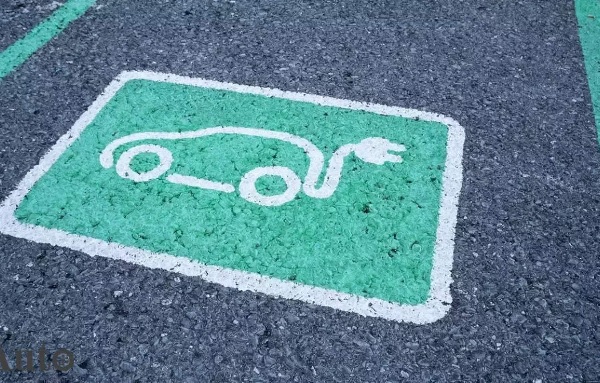
Limitations of electric vehicles: Addressing challenges for widespread adoption – EQ Mag
The world is witnessing a significant shift towards electric vehicles (EVs) as a cleaner and more sustainable alternative to traditional internal combustion engine (ICE) vehicles. While the advantages of EVs are widely recognized, it is essential to acknowledge the limitations and challenges that hinder their widespread adoption. This essay aims to explore the key limitations of electric vehicles, including range anxiety, limited charging infrastructure, high initial costs, battery technology constraints, and environmental concerns associated with battery production and disposal.
Range Anxiety
Range anxiety refers to the fear of an EV running out of charge before reaching its destination, which is a prominent concern for potential EV buyers. Unlike ICE vehicles, EVs have limited driving range, and the need for frequent recharging can be inconvenient for long-distance travel. Although battery technology has improved, allowing for longer ranges, the anxiety surrounding EVs’ driving range remains a significant limitation. Moreover, extreme weather conditions and the use of energy-intensive accessories (e.g., air conditioning) can further reduce an EV’s range.
Limited Charging Infrastructure
One of the critical challenges facing the widespread adoption of electric vehicles is the lack of an extensive and robust charging infrastructure. Compared to traditional fuelling stations, charging stations are relatively scarce. This limitation restricts the ability of EV owners to embark on long-distance journeys without the fear of running out of charge. Additionally, the time required for a full recharge can be significantly longer than refuelling an ICE vehicle, further impacting user convenience.
High Initial Costs
The high initial cost of electric vehicles is another significant limitation. EVs generally have a higher purchase price compared to their ICE counterparts, primarily due to the expensive battery technology. Although the prices of EVs are gradually decreasing as technology advances and economies of scale improve, they are still a deterrent for many potential buyers. Moreover, the cost of replacing or repairing EV batteries is relatively high, contributing to the overall ownership expenses.
Battery Technology Constraints
Battery technology plays a crucial role in determining the performance and practicality of electric vehicles. Despite considerable advancements, current battery technology has certain limitations. The energy density of batteries, which affects the driving range of EVs, is still lower compared to the energy content of liquid fuels used in ICE vehicles. Additionally, the charging time of batteries is significantly longer compared to refuelling an ICE vehicle. These constraints make it challenging to achieve comparable levels of convenience and versatility.
Environmental Concerns
While electric vehicles are considered cleaner during operation, concerns regarding their environmental impact persist. The production and disposal of EV batteries involve extracting and processing raw materials, which can have adverse environmental consequences. The mining of minerals, such as lithium and cobalt, poses challenges related to resource availability, ethical sourcing, and environmental degradation. Furthermore, the recycling and proper disposal of batteries need to be addressed to mitigate potential environmental hazards associated with their end-of-life.
Electric vehicles represent a promising solution to mitigate the environmental impact of transportation. However, several limitations and challenges need to be overcome for their widespread adoption. Addressing range anxiety through technological advancements, expanding the charging infrastructure, reducing the initial costs, and further improving battery technology are crucial steps towards the mass acceptance of EVs. Additionally, a sustainable approach to battery production and disposal should be prioritized. By addressing these limitations, electric vehicles can realize their full potential as a cleaner and more sustainable mode of transportation.















